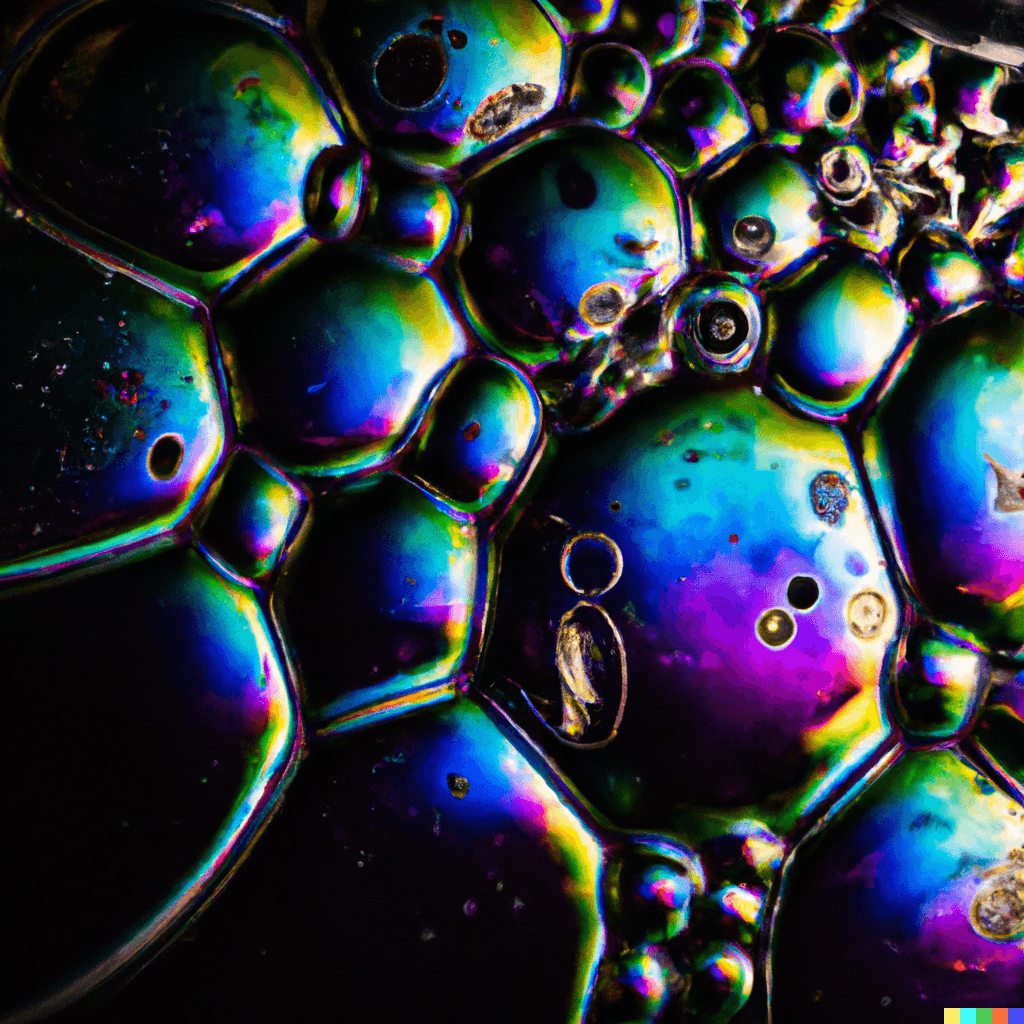What are Ozone nanobubbles?
Ozone nanobubbles are tiny bubbles that are less than 100 nanometers in size, and they are infused with ozone gas. Ozone is a powerful oxidizing agent that can be used for disinfection and oxidation of organic compounds. The use of ozone nanobubbles in various applications has gained interest in recent years due to their unique properties.
One of the main advantages of ozone nanobubbles is their high surface area-to-volume ratio, which allows them to have a high reactivity and effectiveness in water treatment. The tiny size of the nanobubbles provides a large surface area for contact with water, which increases the efficiency of the oxidation or disinfection process.
Ozone nanobubbles have several potential applications, including:
Water treatment: Ozone nanobubbles can be used for the disinfection and oxidation of contaminants in water, including bacteria, viruses, and organic compounds. The high reactivity and effectiveness of ozone nanobubbles make them useful in applications such as drinking water treatment, wastewater treatment, and water reuse.
Food processing: Ozone nanobubbles can be used for the disinfection of food products and processing equipment. Ozone is effective at killing bacteria and viruses, and the use of nanobubbles allows for efficient and rapid disinfection of food surfaces.
Medical applications: Ozone nanobubbles have potential applications in medical settings, such as wound healing and disinfection of medical equipment. Ozone has been shown to have antimicrobial and anti-inflammatory properties, and the use of nanobubbles can improve the effectiveness of ozone in medical applications.
Agriculture: Ozone nanobubbles can be used for the disinfection of agricultural products and equipment. Ozone can help prevent the spread of plant diseases and reduce the need for pesticides, and the use of nanobubbles can increase the effectiveness of ozone in agricultural applications.
Overall, the use of ozone nanobubbles has potential in a wide range of applications where efficient and effective disinfection or oxidation is required. However, further research is needed to fully understand the properties and potential applications of ozone nanobubbles.


